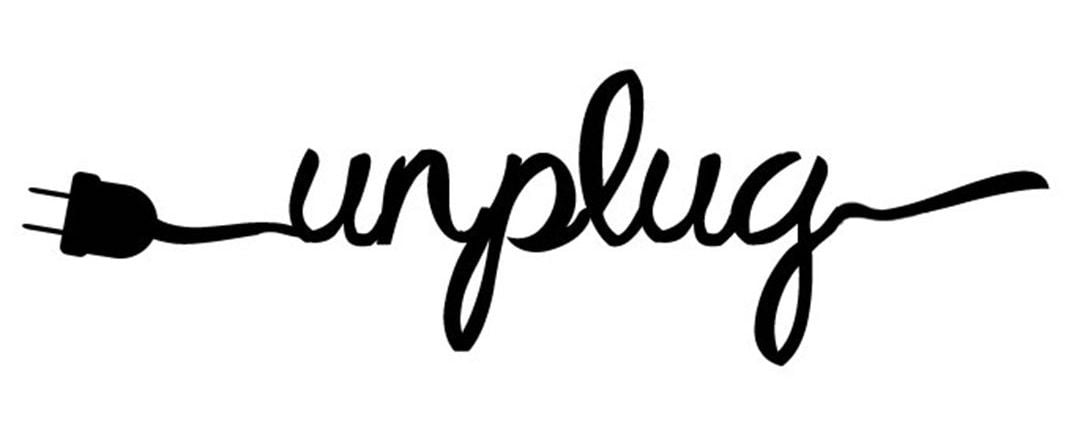Can you (legally) unplug from the electric utility?
As climate change accelerates and devastating fires become more rampant and severe, building owners, like those in Paradise, CA, are asking more often, “Can I unplug entirely from the grid?”
The short answer is yes, but not everywhere. The more remote the building, the easier it is. The more densely populated, the more challenging. In general, it depends on building codes and over time, utility influence on those codes. Federal codes define regulations while state or local codes may augment those. We’ll start with federal codes then discuss California codes since it is by far the most progressive state in distributed energy installations. We’ll add other states and jurisdictions later.
In USA:
Customer-generators with systems that meet the major national safety and equipment standards [National Electrical Code (NEC), Institute of Electrical and Electronic Engineers (IEEE) Standard 1547 (July 2003), and Underwriters Laboratories (UL)] are not required to install any additional safety equipment. Nothing in national codes requires utility interconnection. In fact, NEC Article 690.1, clearly states, “Solar photovoltaic systems covered by this article may be interactive with other electrical power production sources or stand-alone, with or without electrical energy storage such as batteries. These systems may have ac or dc output for utilization.”
In California:
- The California Residential Code and the California Building Code refers to the National Electrical Code.
- The California Fire Code requires adoption in compliance with the California Building Code and California Electrical Code and states a construction permit is required to install the system.
- The California Mechanical Code allows the permitting authority to adopt the Uniform Solar Energy and Hydroponics Code, which explicitly allows stand-alone systems, provided they comply with the Electric Code for a similar installation connected to a service.
- California, Title 24 Energy Code assumes grid connection by inference. Section 110.10 part: (c) Interconnection Pathways. 1. “The construction documents shall indicate a location for inverters and metering equipment and a pathway for routing of conduit from the solar zone to the point of interconnection with the electrical service. For single-family residences the point of interconnection will be the main service panel.” One could argue that since Title 24 requires a point of interconnection for service that actual service is required. However, building permits do not require power to start construction. And occupancy permits check for operation of energized equipment, but typically not for proof of a utility bill. Therefore, it is left to the local Authority Having Jurisdiction (AHJ) such as the building department.
California which has a progressive renewable portfolio standard pushing for significant decarbonization of energy use in state gets updated every three years. In remote locations like Joshua Tree, CA self-powered homes have existed for years, since building power lines across sensitive habitats is environmentally unsound and unsightly. Plus, installation is incredibly expensive at about $1M a mile (in 2019 dollars) and even more across rugged terrain.
In summary, for new construction, I would still include all the systems necessary for interconnection to the utility as a backup source. Perhaps leaving out the transfer switch and utility connection fees of course. For retrofits or unplugging from the grid, design for interconnection and make sure everything works well before “unplugging”. Then celebrate after you visit the utility to cancel your subscription!
Author’s Note. This article is not intended to be an authoritative code review or legal opinion. Contractors or homeowners should always consult qualified design professionals before starting any building or electrical project.
We’d love to hear your stories in your location or jurisdiction.




Leave a Reply
Want to join the discussion?Feel free to contribute!